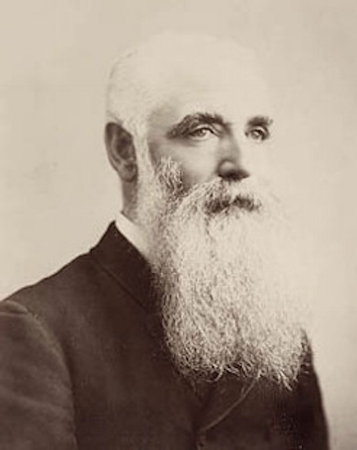Politics > Anti-Chinese Protests
Anti-Chinese Protests
During the 1870s Pyrmont became a flash point in hostility against Chinese immigrants, especially those in the labour force. Workers saw all Asian seafaerers – lascars – as a threat to their livelihood, as they were paid much lower wages. In July 1878 the Trades and Labor Council rallied over 2,500 people to protest the employment of Chinese seamen (Freeman’s Journal, 27 July 1878); and protests continued for months.
The ASN Company was employing Chinese crew in its fleet, and on 21 November issued instructions for the dismissal on Saturday next of the 250 men employed in the Company’s extensive engineering works at Pyrmont. (South Australian Chronicle, 23 November 1878). Seamen and wharfies struck work and colliers refused to load coal for ASN steamers – but this was much bigger than an industrial issue.
A mass meeting in the Masonic Hall resolved unanimously:
That this meeting approves of and sympathises with the seamen and wharf laborers of the A.S.N. Company in their action in resisting the introduction of Chinese into the colony for the purpose of supplementing the European seamen and laborers formerly employed in the boats.
A few days later, Mayor James Merriman convened a crowded public meeting: hundreds could not get into the hall. He proposed:
That this meeting protest against the importation of Chinese as detrimental to the interests of this community – socially, morally, and politically – and call for immediate action on the part of the Legislature to prevent its further increase.
Every aspiring politician had to be seen to support this movement. Merriman was a shipowner but sided with the sailors and wharfies in this instance. Daniel O’Connor, orator and politician, reckoned that Chinese should be kept out altogether. He was interrupted by loud cheers as he argued that:
We had a grand mission to perform when we resolved not to admit a Chinaman or the small-pox at any price and the seamen must be sustained in their struggle.
The conflation of Chinese and smallpox was typical: Chinese seemed to pose an existential threat. As Merriman put it, the men had taken up a cause which the national heart would respond to. They were justified in getting the coal-miners to strike, too…
The resolution was carried unanimously.
Wharfies and seamen continued to see lascars as the essential enemy until 1945, when wharfies and lascars found common ground in opposing Dutch attempts to reconquer the Netherlands Indies from Indonesian nationalists.
Daniel O’Connor

